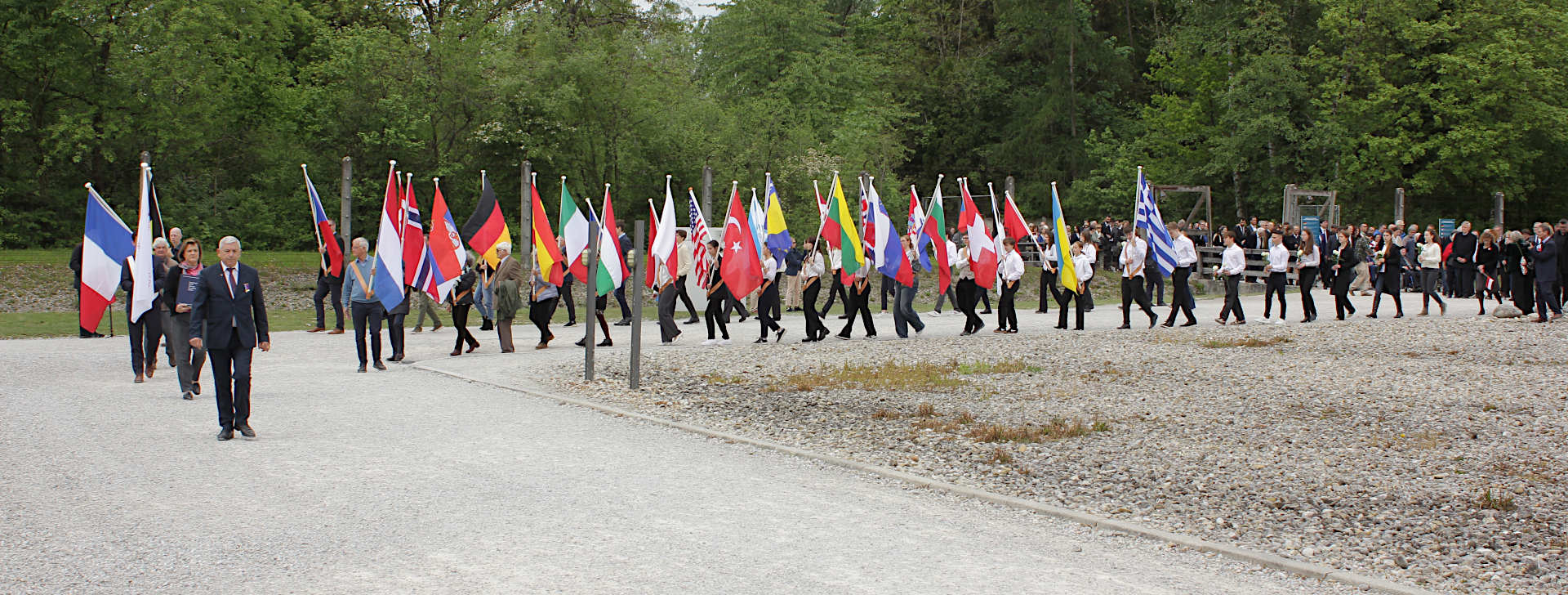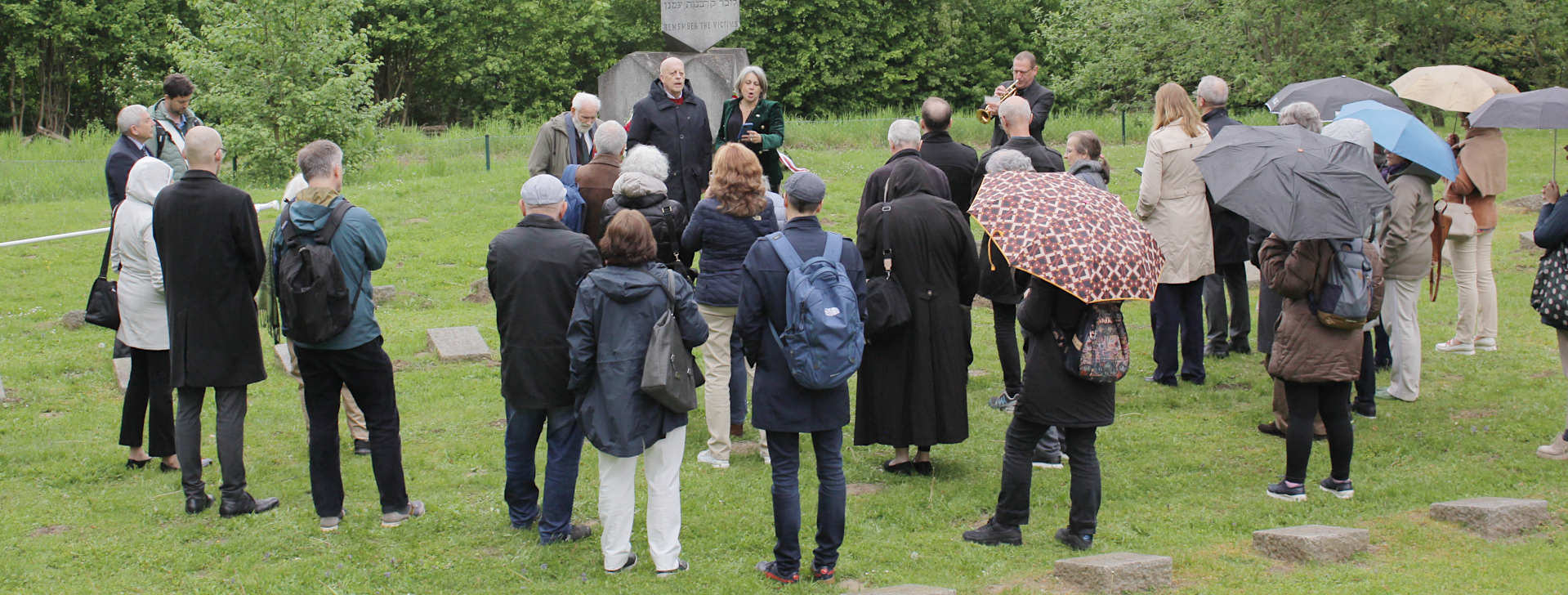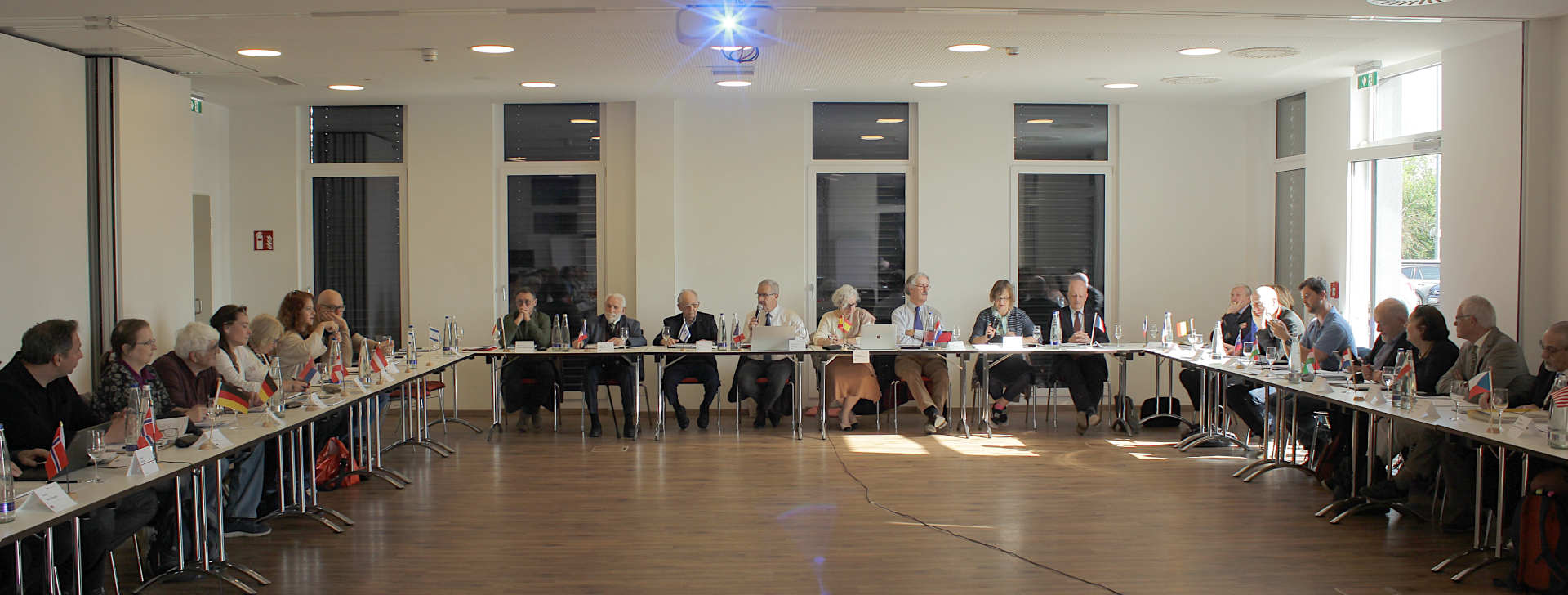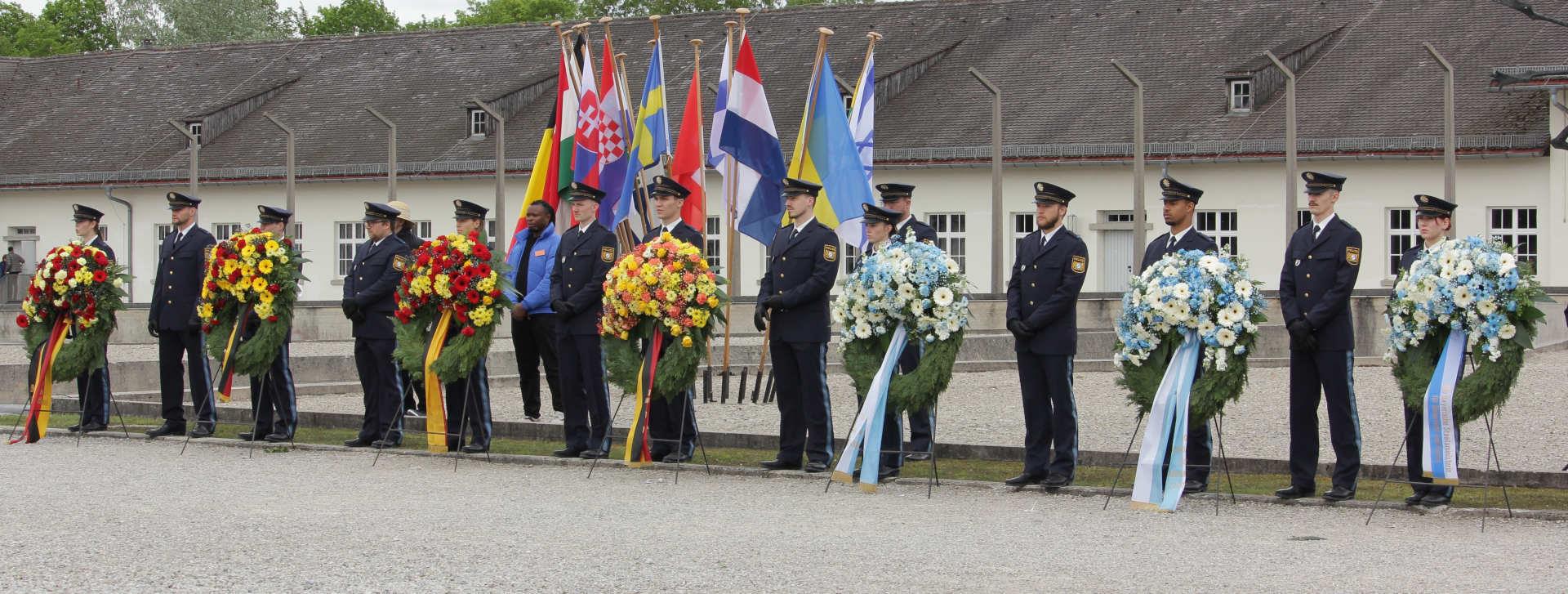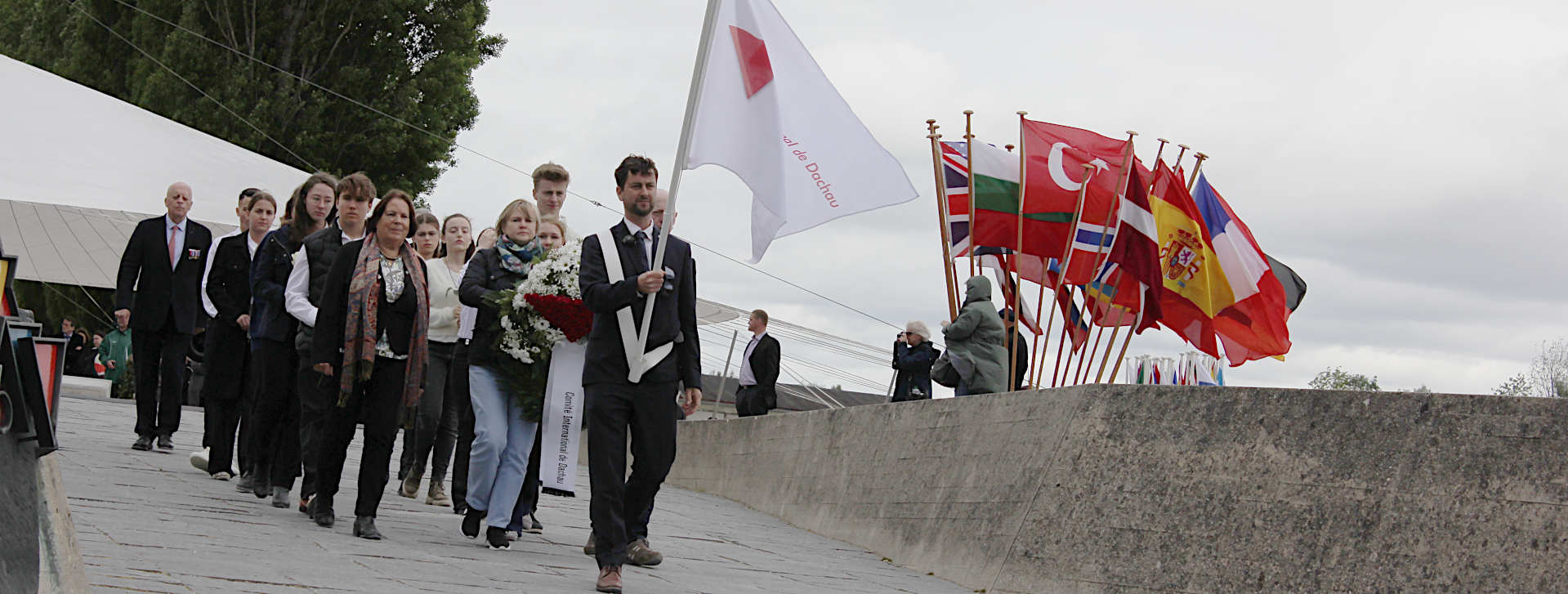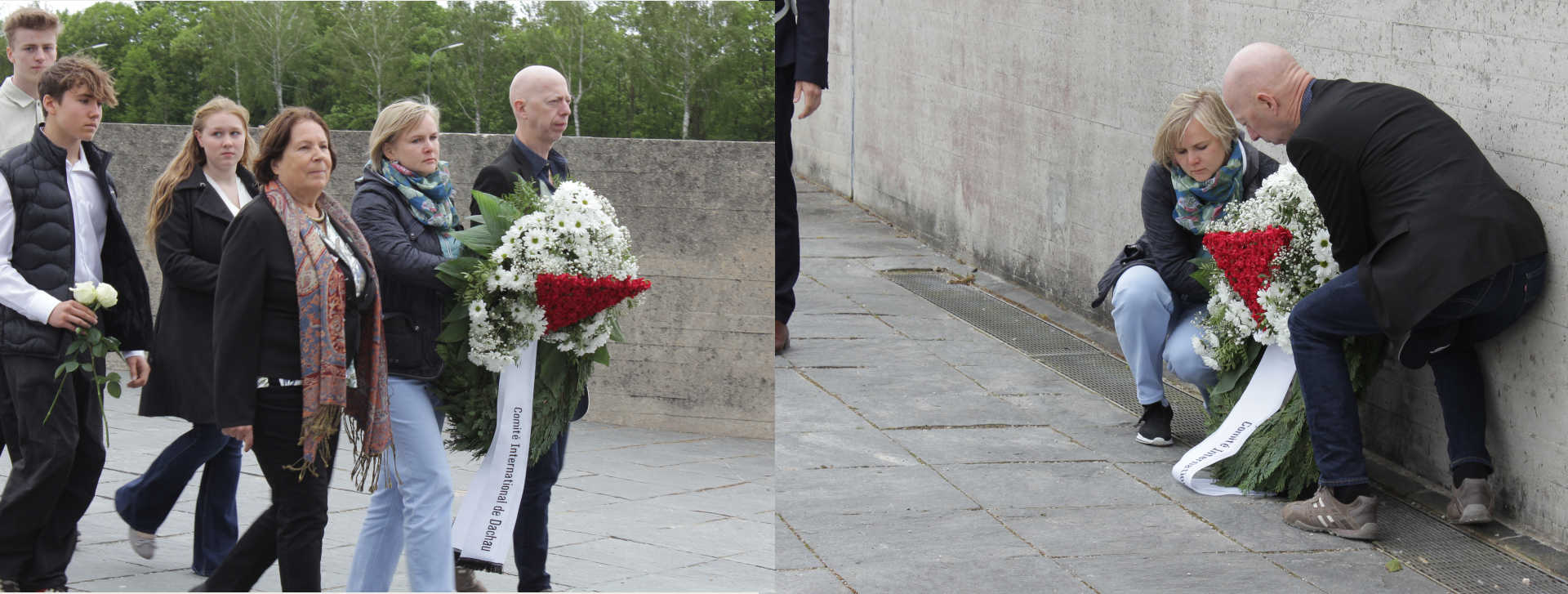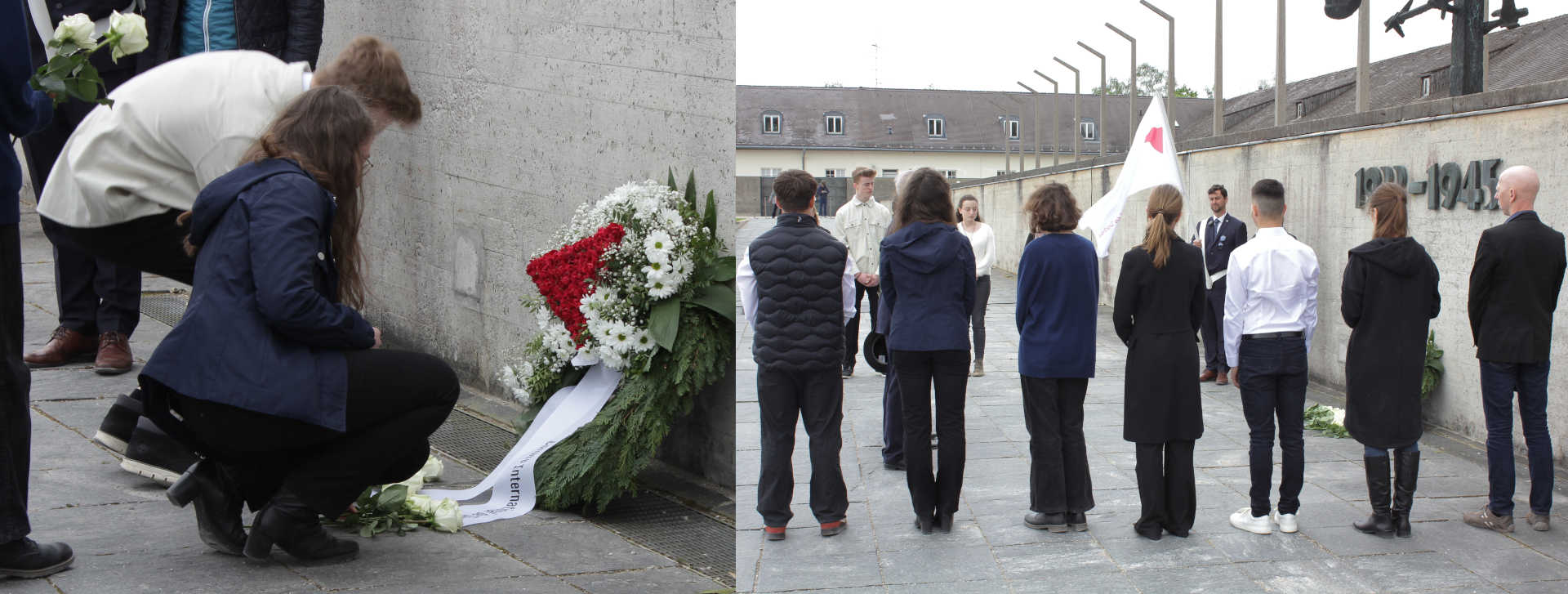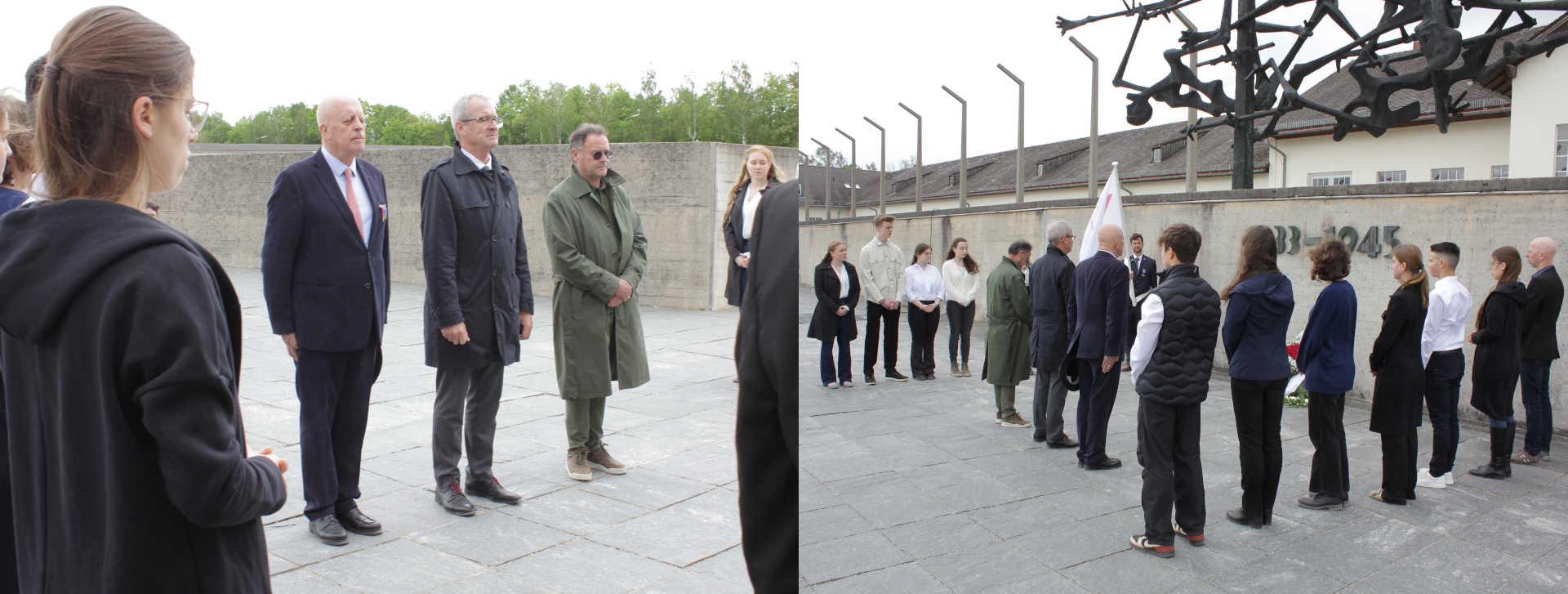80th Anniversary of the Death Train, Convoi 7909, 2 to 5 July 1944
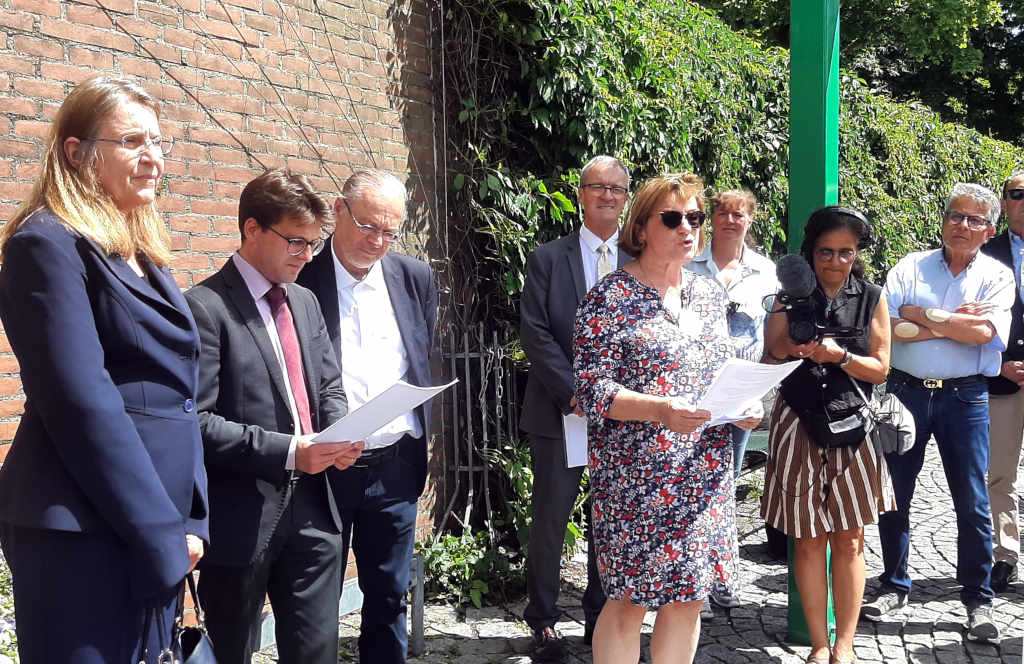 © Comité International de Dachau
© Comité International de Dachau
Some of the carriages gradually become mass graves, where people die from heat, lack of water, asphyxiation, or from the blows of their neighbours fighting for their own survival.
From 2 to 5 July 2024, the Amicale française du camp de concentration de Dachau (French association of the Dachau concentration camp) made a 4-day commemorative journey with a group made up of the families of victims or survivors of deportee convoy 7909, which left Compiègne on 2 July 1944 with more than 2,000 men on board, claiming more than 550 victims during the journey.
The route faithfully followed the route of convoy 7909, with commemorations in the main places where the tragedy took place: Compiègne, Vic-sur-Aisne, Fismes, Saint-Brice, Reims, Revigny, Novéant, Sarrebourg, ending in Dachau.
On Saturday 5 July 2024, the group arrived at Dachau station and was welcomed by the town's deputy mayor, Kai Kühnel, and Tobias Schneider, Dachau's cultural delegate.
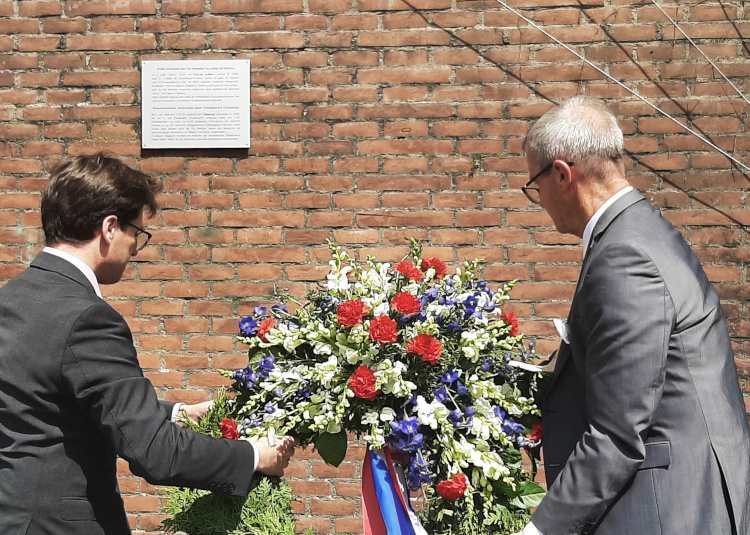 © Comité International de Dachau
© Comité International de Dachau
At 2.30pm, Mr Florian Hartmann, Mayor of Dachau, and Mr Boueilh Dominique, President of the Amicale Française du Camp de Concentration de Dachau and President of the Comité International de Dachau, unveiled a plaque in memory of the victims of convoy 7909 on the forecourt of Dachau station and laid a wreath. This was followed by readings of moving testimonies given by the descendants of survivors present. They recounted the arrival of the survivors of the convoy at Dachau station.
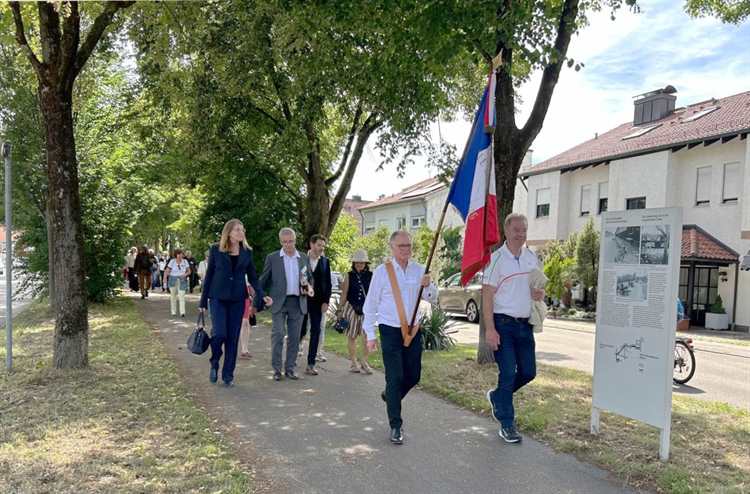 © Comité International de Dachau
© Comité International de Dachau
The group then set off on a walk along the path of remembrance to the Dachau concentration camp memorial, led by Dr Gabrielle Hammermann, director of the Dachau concentration camp memorial, and Dr Dirk Riedel, head of the research department at the memorial. The tricolour flag of the Amicale française du camp de concentration de Dachau proudly preceded the procession.
 © Comité International de Dachau
© Comité International de Dachau
On arrival at the Memorial, Dr Gabrielle Hammermann delivered a friendly and moving message of welcome to the group of visitors.
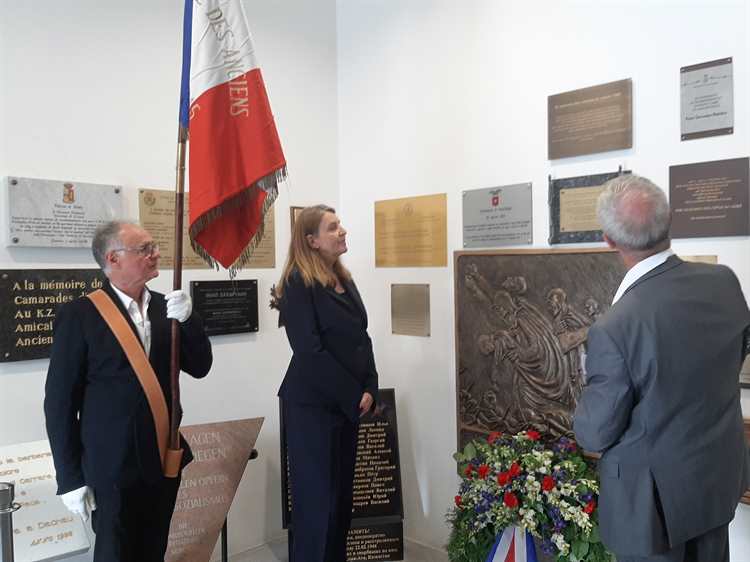 © Comité International de Dachau
© Comité International de Dachau
The group then proceeded to unveil a plaque in the Memorial Hall and lay a wreath. This was followed by further readings of very moving testimonies. They recounted the arrival of the survivors at the Dachau camp.
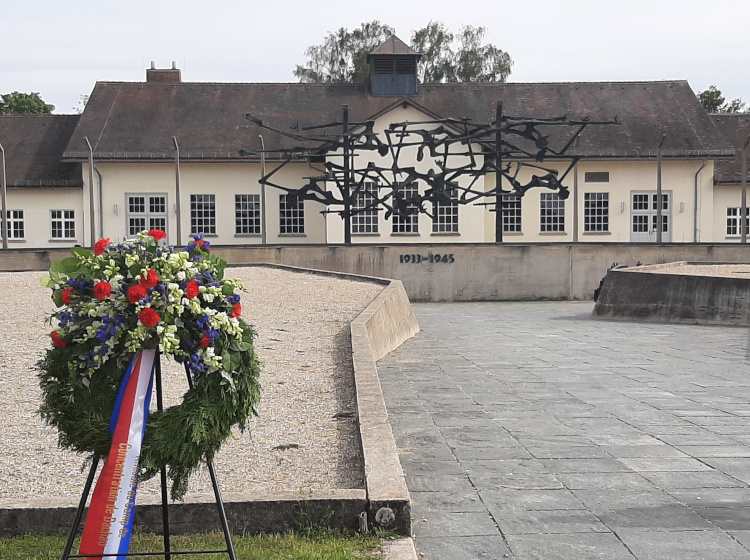 © Comité International de Dachau
© Comité International de Dachau
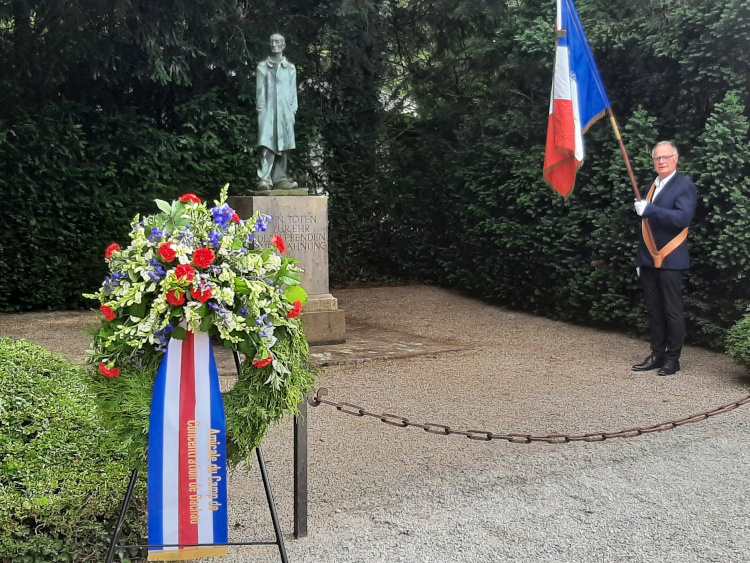 © Comité International de Dachau
© Comité International de Dachau
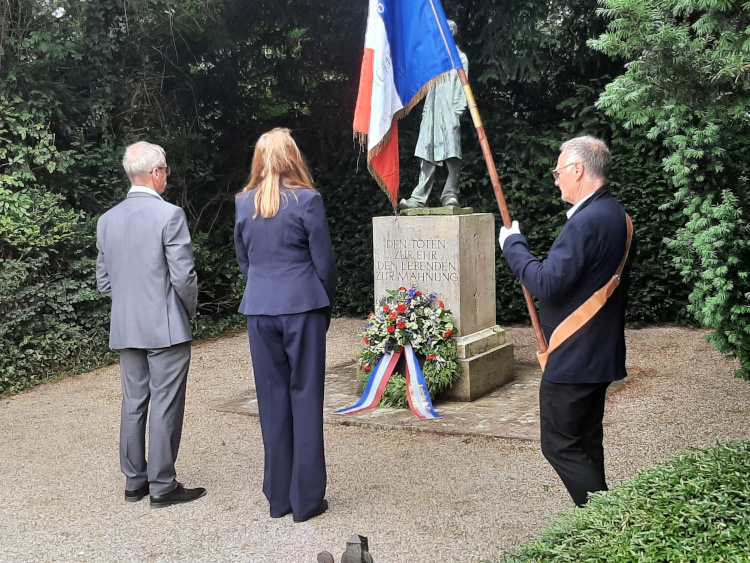 © Comité International de Dachau
© Comité International de Dachau
Finally, the group headed to the Crematorium to lay a wreath at the foot of the Monument to Unknown Deportees, in memory of the victims of convoy 7909.
The memorial tour ended on Saturday morning with a guided tour of the camp, to which the group paid close attention.
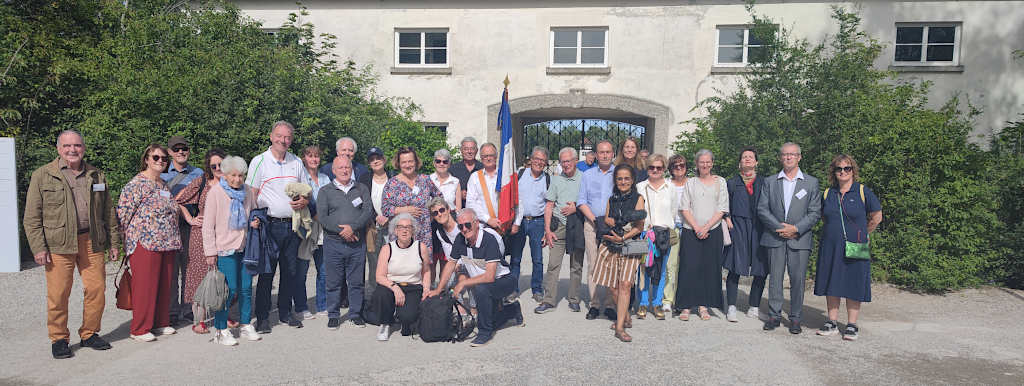 © Comité International de Dachau
© Comité International de Dachau
DEATH TRAIN, CONVOY 7909, 2 JULY 1944, FROM COMPIÈGNE-ROYALLIEU TO DACHAU.
Between 1942 and 1944, the Royallieu camp was the departure point for more than 50 convoys carrying thousands of prisoners to the concentration camps of Auschwitz, Buchenwald, Mauthausen, Sachsenhausen, Ravensbrück, Dachau and many others. On 1 July 1944, at 9.40 am, on tracks 4 and 6 at Compiègne station, train 7909 was made up of 37 units, including 22 of the type "men 40, horses 8 long". In other words, each wagon was designed to carry either 40 men or 8 horses. It was the largest convoy of deportees ever to leave Compiègne. Its destination was the Dachau concentration camp. On the morning of 2 July 1944, at precisely 6am, a long convoy of 2,166 prisoners, heavily guarded, left the camp for Compiègne station, several kilometres away, to board train 7909 bound for Dachau. The men were crammed 100 to a wagon, sometimes even more, and could only stand upright.
They were barely provided with a ball of black bread and a little sausage, all for a 4-day journey. The floor was covered with a bit of straw, a can was set up in one corner and a barrel of water, barely half full, was available in each carriage. The only source of ventilation on each side was a small grilled skylight measuring 50 centimetres by 25 centimetres. The convoy wandered for 3 days in abominable conditions of heat and lack of supplies, particularly on the first day of 2 July, when 400 people died. Some wagons managed to organise and maintain a degree of discipline and suffered few casualties. In other wagons, transformed into ovens, the tension gradually mounted, bordering on a collective hysterical explosion. The men are out of control, killing each other, the madness is there. Some of the carriages gradually become mass graves, where people die from heat, lack of water, asphyxiation, or from the blows of their neighbours fighting for their own survival.
 © Comité International de Dachau
© Comité International de Dachau
At a time when the situation was untenable, and despite the prisoners' cries for help, the German soldier-guards refused to open the carriage doors to ventilate them and refused to distribute the water that would have saved the dying. Exhausted bodies that were still alive were shot dead as soon as the doors were opened. What little supplies were conceded on the evening of 3 July and the day of 4 July arrived too late. On arrival at Dachau station on 5 July 1944, 536 corpses (984 according to other estimates) were sent to the camp's crematorium, which they would fuel for 4 days. The 1960 survivors were then transported to the Dachau concentration camp and its kommandos, from where more than 600 never returned, exhausted by work, illness or ill-treatment.




